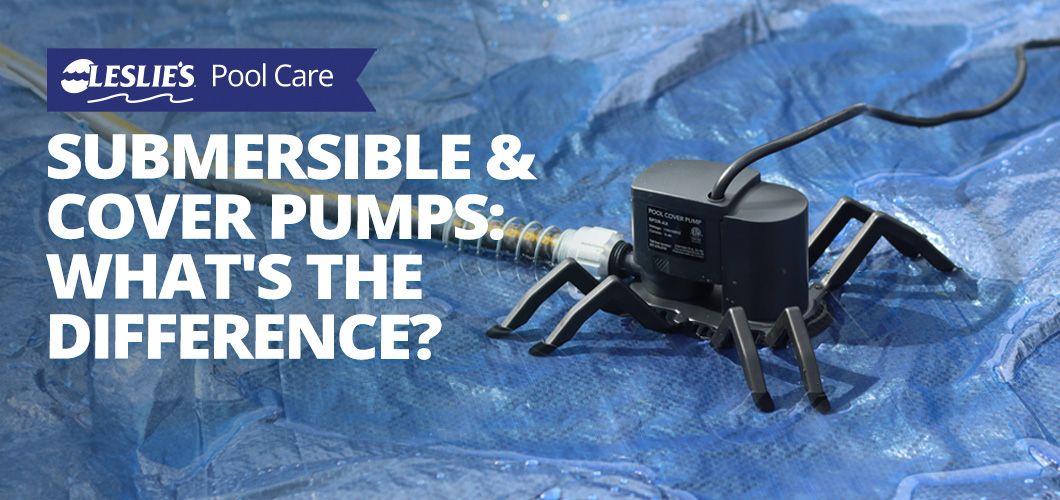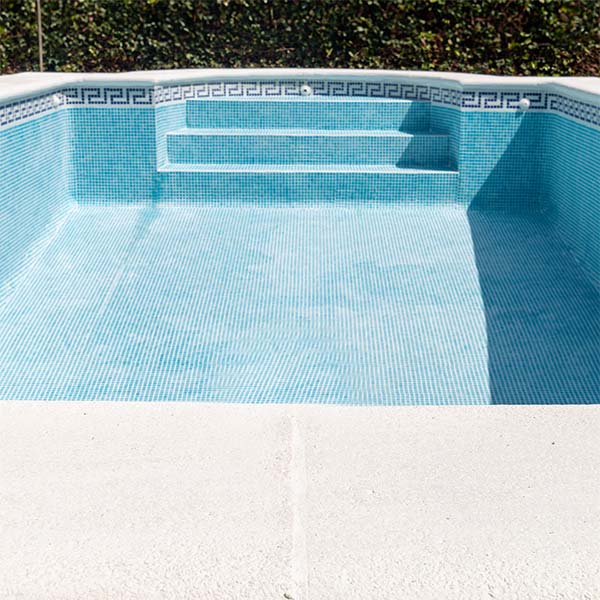
Submersible & Cover Pumps: What's The Difference?
When you own a pool or spa, you'll inevitably need a utility pump while performing regular maintenance. But with so many different types of pumps, how can you know which to choose? Today, we'll compare two different styles of pump - submersible pumps and cover pumps - and help you decide which is the best for your pool needs.
Submersible Pumps
If you've ever needed to drain your pool, it's likely you've already encountered a submersible pump. A submersible pump, as the name implies, operates while fully submerged in water. These pumps feature a lot of horsepower, and primarily drain the water safely from swimming pools and spas. They can also drain flooded basement! Submersible pumps of this type are often referred to as “sump pumps.”
It's important to note that most pools should typically be drained entirely every three-to-five years in order to safely balance the chemicals in your water. While it's tempting to simply use your pool's standard pump for this task, this can introduce air into your suction line and cause permanent damage to the pump in question. A submersible pump is always recommended for this task.
Cover Pumps
In contrast, a cover pump takes care of smaller, more delicate tasks. While it's still technically a submersible pump, it outputs far less horsepower. For instance, while a larger submersible pump can drain well over a thousand gallons per hour (GPH), a cover pump that outputs only 300 GPH is perfectly adequate for the job at hand.
This is because a cover pump's primary purpose is to keep water and other assorted debris away your pool cover during the off-season. Whether its source is rain, sleet, or snow, water can rapidly accumulate on top of your pool's cover. The weight of this standing water can cause serious damage to the cover itself, and make it more difficult and dangerous to remove the cover in the summer. A sufficiently powerful cover pump makes removing this standing water easy, safe, and fast.
When choosing a cover pump, it’s helpful to remember that not every pump is created equal. There are primarily two variations of cover pump, manual and automatic. Manual cover pumps aren’t as scary as they sound; “manual” simply means that you have to turn on the pump yourself when you notice it’s time to clean your cover. An automatic cover pump, on the other hand, rests permanently on the center of your cover and automatically begins to operate when it detects a particular amount of water. This is certainly a simpler option, though you’ll still need to keep an eye on automatic cover pumps to make sure they’re operating effectively.

Pump It Up
As you can see, submersible pumps and cover pumps are similar in many respects, but serve markedly different purposes. A larger submersible pump efficiently drains an entire pool or spa. In contrast, a smaller cover pump drains the standing water and debris from your pool cover. Both will be absolutely necessary at some point in your pool’s life, though a cover pump will likely see far more regular use, as you’ll need to take care of your pool cover considerably more often than you’ll need to drain your entire pool.
If you think a cover pump for those cold winter months is the right tool for the job, you can shop for our best deals online. We have one of the largest selections of utility pumps available for pool owners. On the other hand, if you need to drain your pool, bring a sample of water over to your local Leslie’s store. We offer a free water test at every store location that can help determine if it’s time to break out that submersible pump. The Leslie's AccuBlue® water test precisely measures 10 different aspects of water chemistry, and provides detailed instructions to help you get your pool water back on track.